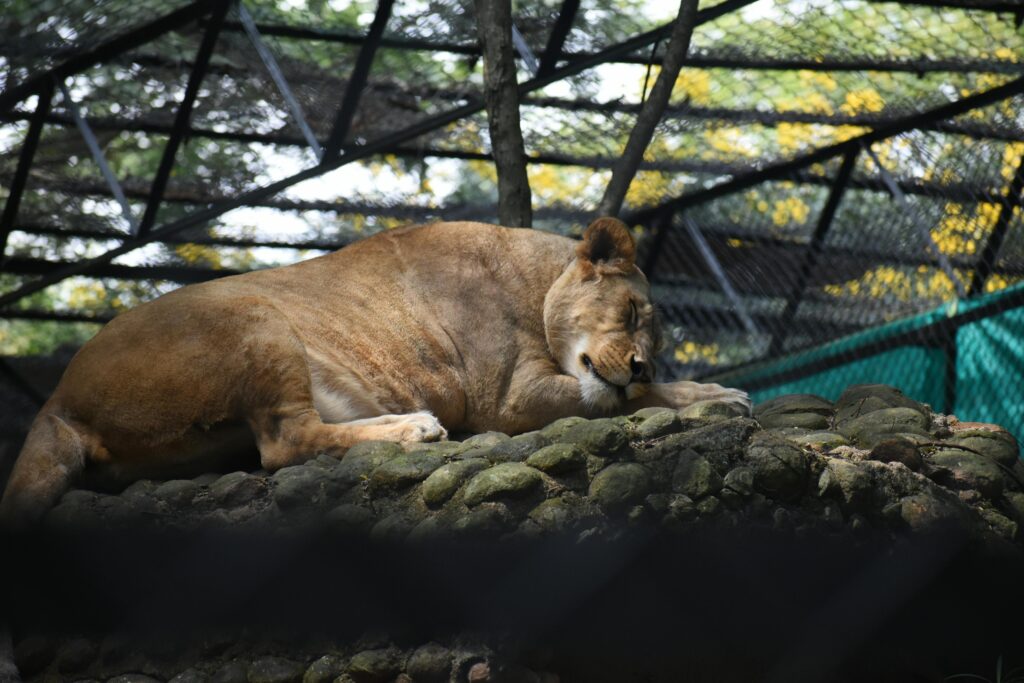How to spot Greenwashing in wildlife tours

Broken Lives
Not every wildlife tour that claims to be “eco-friendly” or “ethical” truly is. These days, green sells — and sadly, some companies use the language of sustainability without the actions to back it up. This is called greenwashing: making something appear environmentally responsible when it’s not.
So how can you tell the difference between genuine eco-conscious tours and clever marketing? It starts with asking the right questions, staying curious, and trusting your instincts. Real ethical operators are transparent, detailed, and usually humble. The ones faking it? Lots of buzzwords, not many answers.
Look out for these red flags:
— Vague language like “we love animals” or “eco experience” without explaining how.
— Wild animals used for selfies, touching, or performances — no matter the setting.
— No mention of how they support conservation, local communities, or habitat protection.
— Cages, chains, or constant human interaction with animals.
— Facilities that call themselves “sanctuaries” but breed animals or offer petting sessions.
And here’s what to look for instead:
— Clear information on wildlife welfare policies and environmental practices.
— Tours that follow “look, don’t touch” rules.
— Natural habitats, small group sizes, and respectful distances.
— Partnerships with conservation organizations or community-based programs.
Greenwashing is sneaky, but once you know what to watch for, it’s easier to see through it. Ethical travel isn’t about being perfect — it’s about being aware. When you choose tours that truly care for the wild, your visit becomes part of the solution, not the problem.
Travel with your eyes open — and your values, too.
So how can you tell the difference between genuine eco-conscious tours and clever marketing? It starts with asking the right questions, staying curious, and trusting your instincts. Real ethical operators are transparent, detailed, and usually humble. The ones faking it? Lots of buzzwords, not many answers.
Look out for these red flags:
— Vague language like “we love animals” or “eco experience” without explaining how.
— Wild animals used for selfies, touching, or performances — no matter the setting.
— No mention of how they support conservation, local communities, or habitat protection.
— Cages, chains, or constant human interaction with animals.
— Facilities that call themselves “sanctuaries” but breed animals or offer petting sessions.
And here’s what to look for instead:
— Clear information on wildlife welfare policies and environmental practices.
— Tours that follow “look, don’t touch” rules.
— Natural habitats, small group sizes, and respectful distances.
— Partnerships with conservation organizations or community-based programs.
Greenwashing is sneaky, but once you know what to watch for, it’s easier to see through it. Ethical travel isn’t about being perfect — it’s about being aware. When you choose tours that truly care for the wild, your visit becomes part of the solution, not the problem.
Travel with your eyes open — and your values, too.
